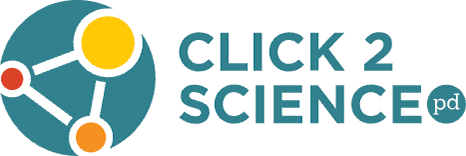What Happened to the Scientific Method?

What Happened to the Scientific Method?
You may have heard that the scientific method is dead. If your science classes looked like my science classes in high school, this is probably troubling. I memorized the scientific method, not just once but five times. “Form a question/write a hypothesis/design an experiment/gather data/analyze results/repeat.”
And now I’m a social scientist. I study human learning. And I’m here to say that science isn’t a set of steps. It’s a set of practices, just like the NGSS. When I’m doing a study, I regularly rework my hypotheses, read about new ideas, design studies, read some more analyze and re-analyze data, write memos, read more, rework the hypotheses, share preliminary findings, read some more, and get involved in conversations about the phenomena I’m studying.
In fact, we have known that scientists don’t use one prescribed “Method” for a long time. Sociologists have actually recorded professional scientists at work and they have always concluded that real-world science is a messy set of intersecting, overlapping practices. What’s more, these practices are social, based almost entirely on the work and ideas of other scientists and the social problems in the real world.
The NGSS, following over two decades of work in science sociology, have finally declared the “Method,” or the prescribed step-by-step instructions, to be dead. In its place, they have given us eight, flexible, teachable “Science and Engineering Practices” that should be woven with content and concepts in every lesson or activity. This makes me happy; science educators have been trying for a long time to make science education mirror the work of practicing scientists. While it might make long-time teachers uncomfortable with change, it should support our students to be savvy and engaged in science.
